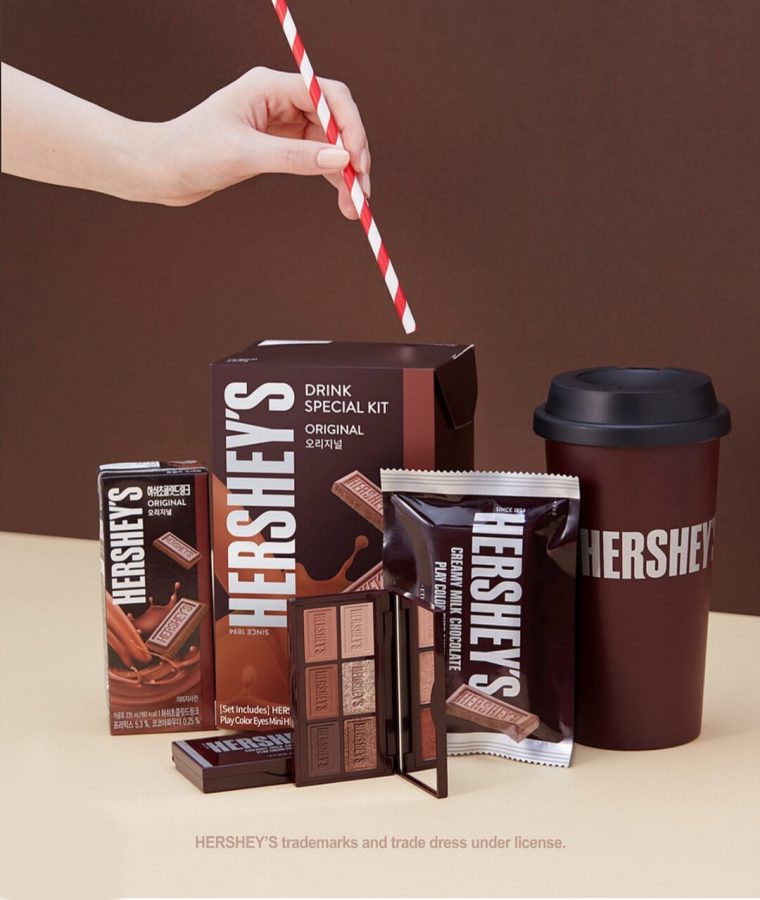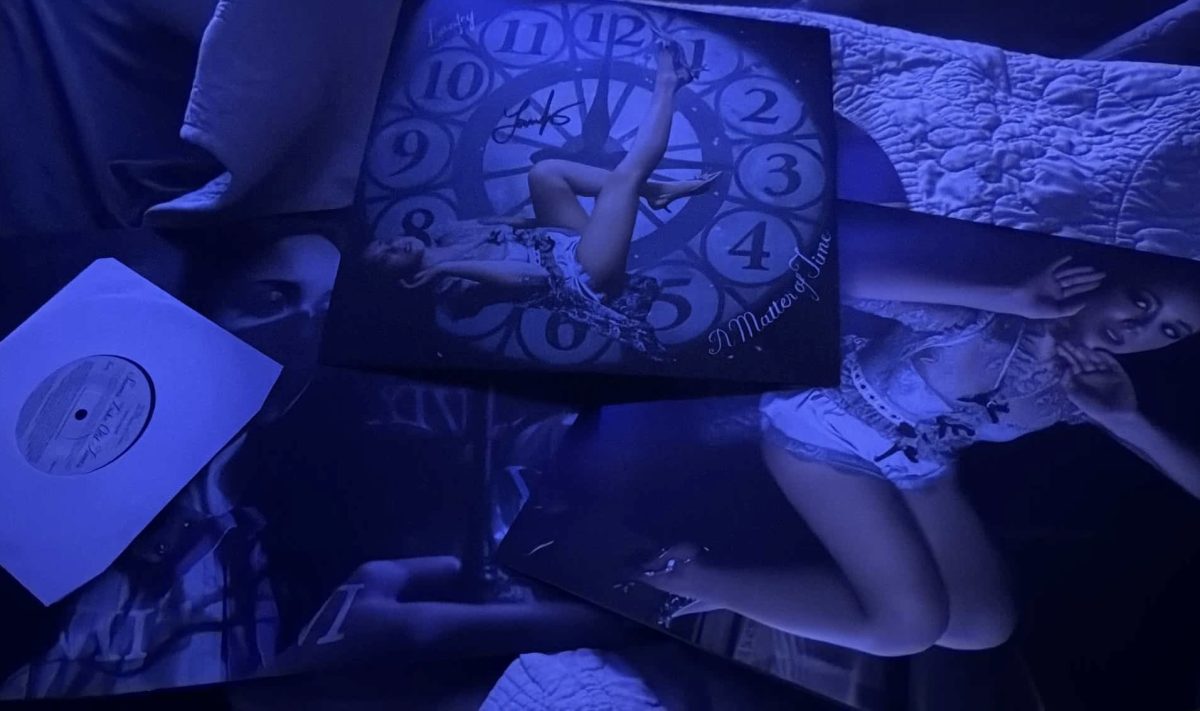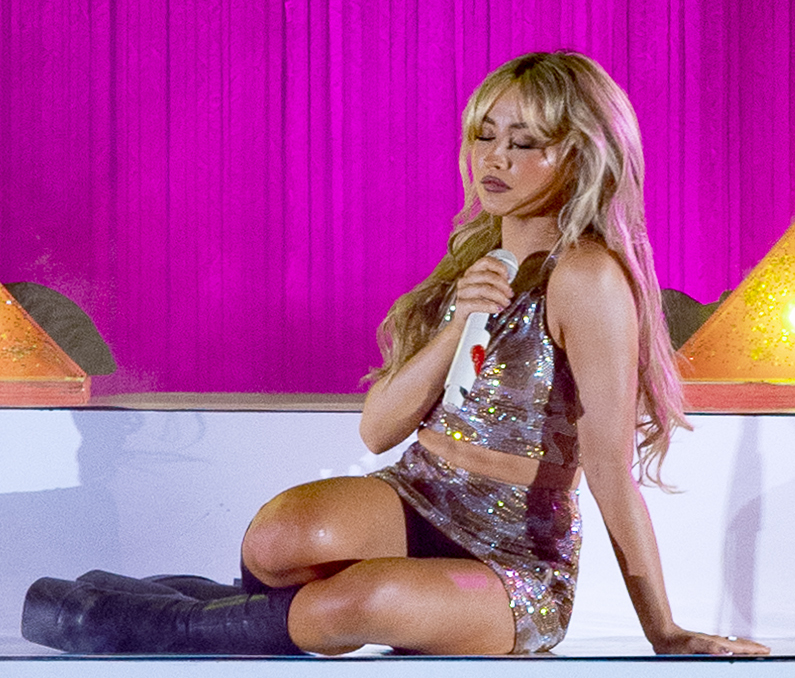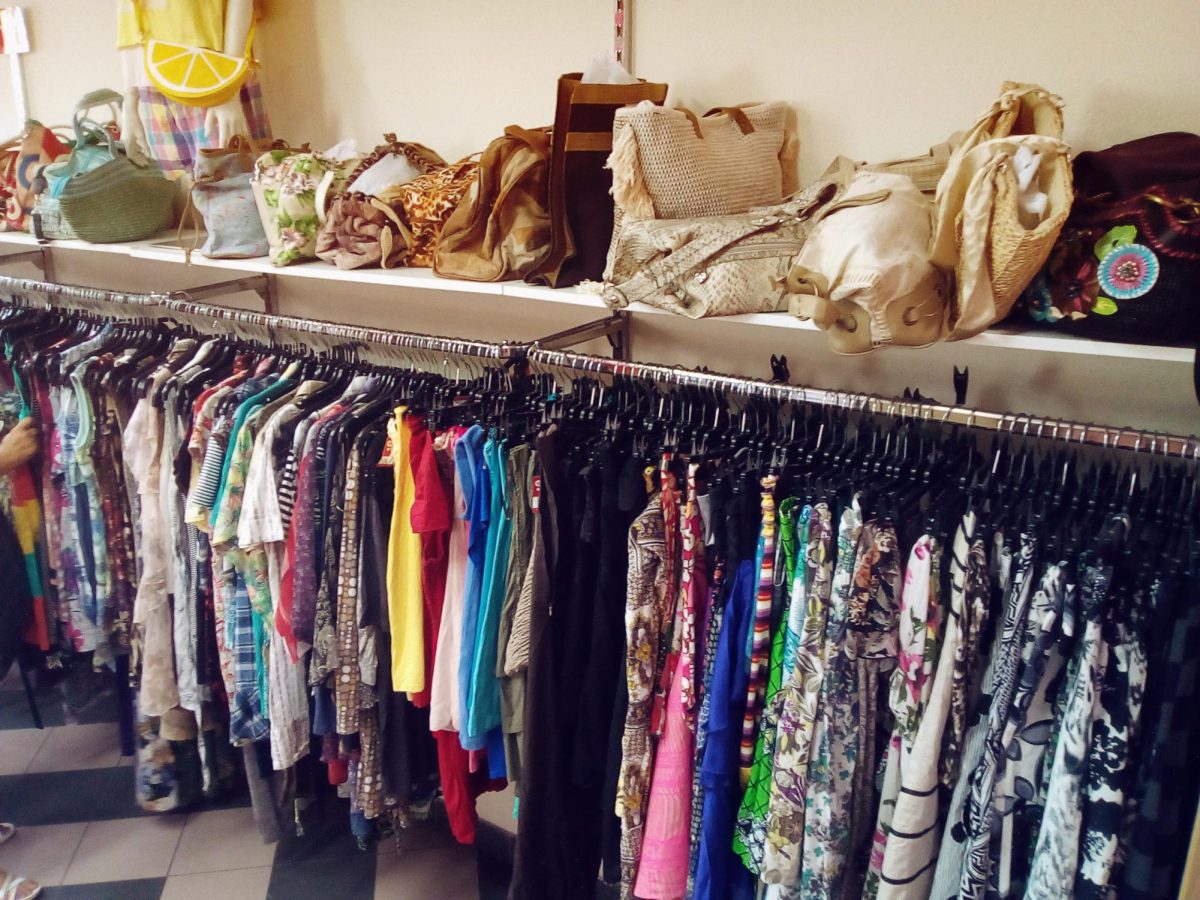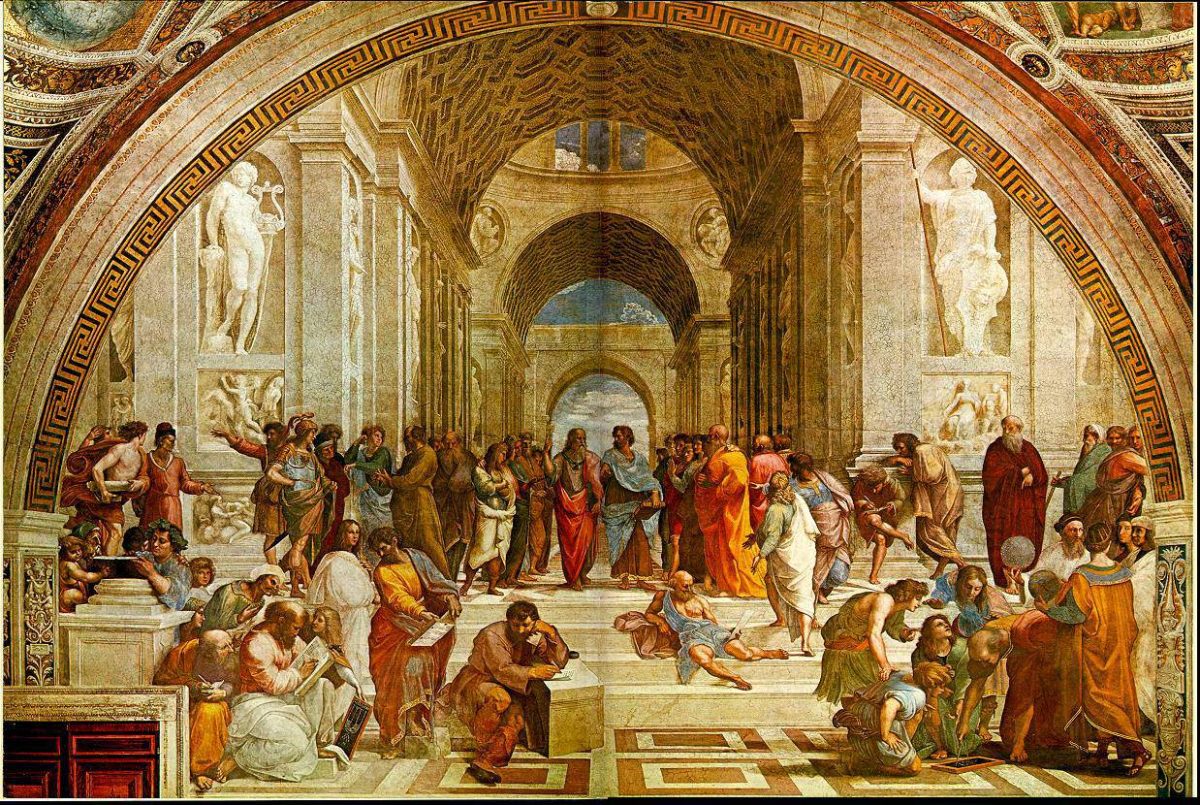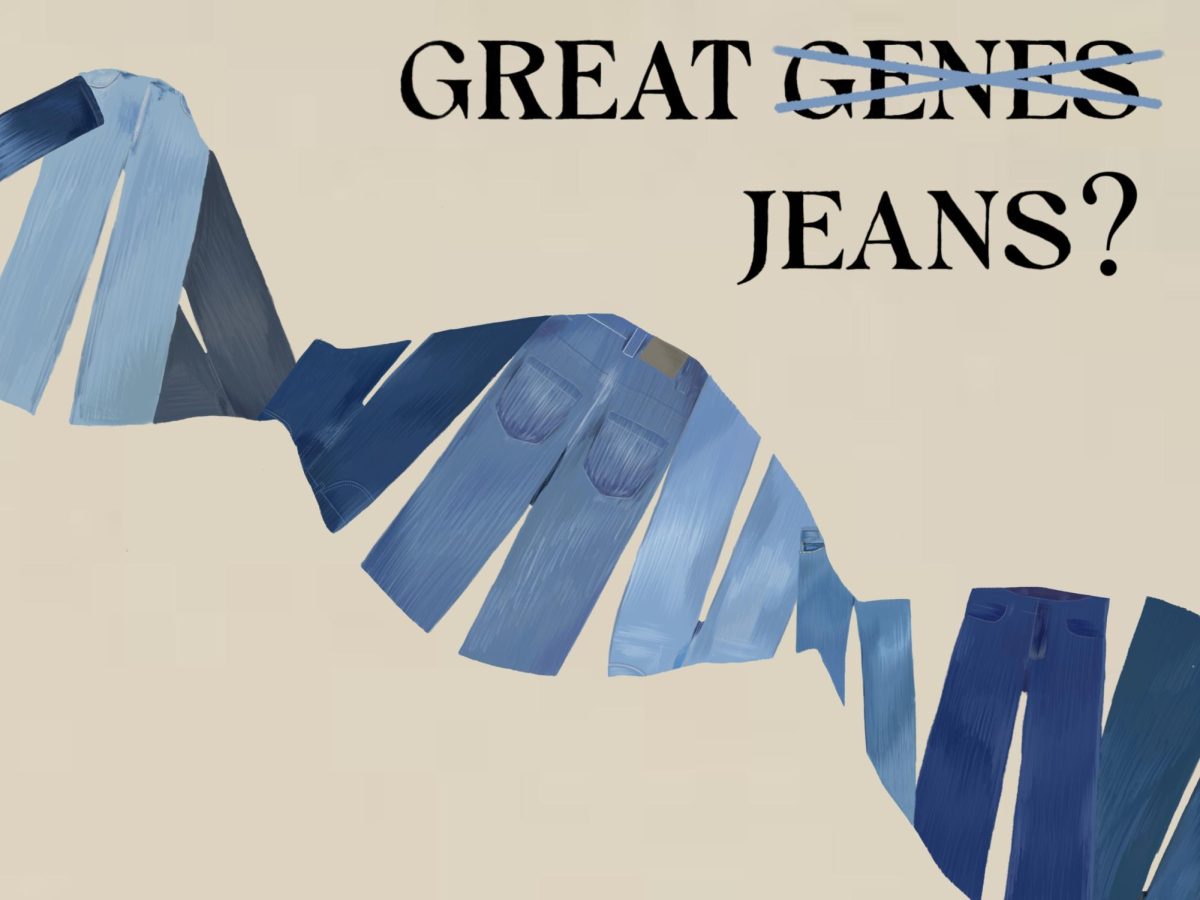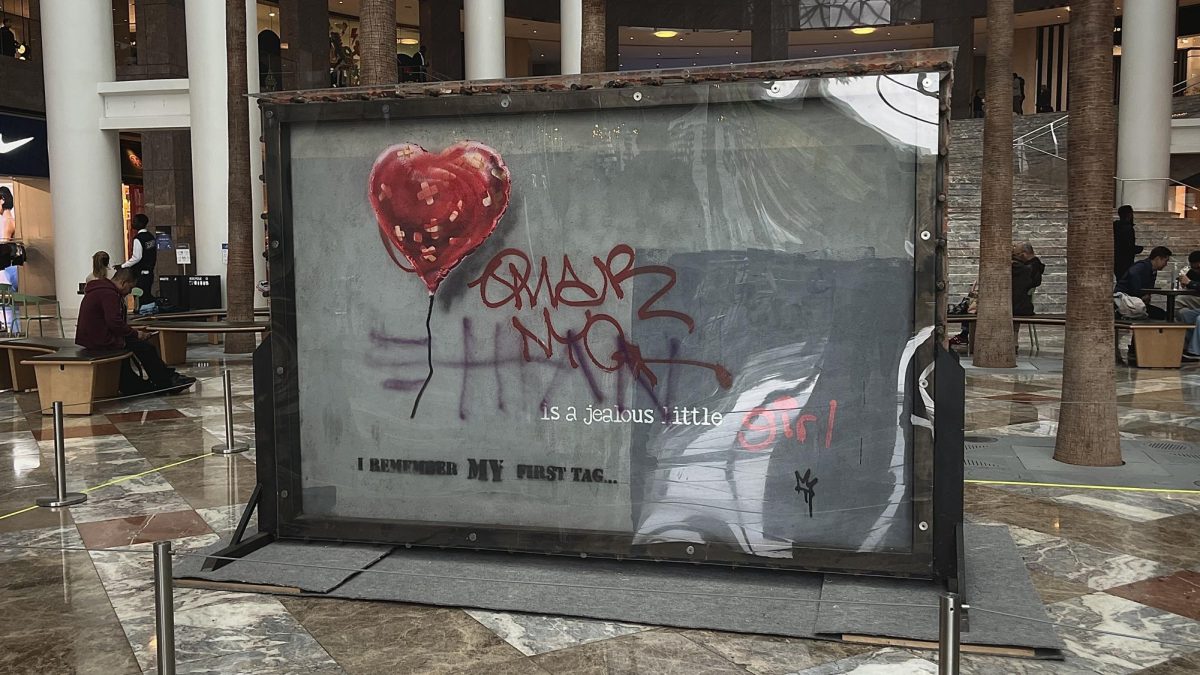Within the past decade, new and innovative beauty products have been the source of buzz among makeup lovers.
The industry has garnered an increase of interest largely due to the rise of beauty YouTubers that rave and review various items and the accessibility of product through online commerce.
The beauty industry has become a whopping $532 billion business and its reach within the ad space is unlike ever before, according to Business Insider.
As a result, companies that have previously had little to do with the beauty industry are tagging along for the ride, hoping to maximize profit from the sales powerhouse.
Popular corporations have always aimed to expand into various markets, yet these partnerships did not often veer too far from the markets that companies were initially known for.
In recent years, the beloved snack brand Cheetos collaborated with KFC on a KFC Cheetos Chicken Sandwich and tried their hand at concession stands, partnering with Regal movie theaters in distribution of fresh Cheetos popcorn.
Furthermore, the Hershey company and General Mills are collaborating this year to roll out cereal inspired by Hershey’s Kisses and Jolly Rancher.
These partnerships can prove to be very beneficial to conjoining companies. Collaborations are “30 times cheaper than digital advertising” due to already existing audiences, AdNews reveals.
Additionally, creative campaigns regularly amass consumer attraction.
Unfortunately, brand conjunction does not always perform as expected. Yum Brands’ reported earnings demonstrate that KFC’s same-store sales decreased by 1% following the release of the Cheetos Chicken Sandwich, resulting from a lack of consumer interest.
While taste-based collaborations may occasionally fall flat, there remains a plethora of other market opportunities for companies to explore.
Recently, Cheetos tried another collaboration venture with the well-known clothing brand geared toward young adults — Forever 21. Sweatshirts, joggers and windbreakers engulfed in orange flames and Chester the Cheetah — the brand’s mascot — were available for purchase.
What captured the most enthusiasm amongst consumers, however, were newly released Cheetos-themed eyeshadow and bronzer palettes as well as an XXTRA Flamin Hot lip gloss kit.
Social media was quickly ablaze with influencer and YouTuber reviews of these products.
Forever 21 potentially rushed into their partnership with Cheetos due to competitors also partnering with similar types of companies and producing
It was evident that the enormous amount of attention toward these products came from the joining of both Cheetos and beauty fans.
Korean beauty collaboration trends have also caught the eye of shoppers in Asia and the West alike.
This past January, the Hershey Corp. coordinated with Korean beauty brand Etude House to create chocolate bar themed products.
Much like the Cheetos and Forever 21 partnership, the line featured two eyeshadow palettes, one with Hershey’s Creamy Milk Chocolate bar packaging and the other mimicking the packaging of a Cookies ‘N’ Creme bar.
Two makeup brushes embossed with the Hershey’s logo and two Hershey’s chocolate-scented lip tint shades are also available.
As a result of the line’s unique product and packaging design, it was met with stellar reviews for its “collector’s item” quality.
It is not the first time that Etude House has dabbled in brand partnerships, formerly working with Kit Kat and Disney.
In a similar vein, Nickelodeon has dipped into the trend when collaborating with Hot Topic on a VHS-tape-themed palette and a SpongeBob palette with the makeup brand HipDot.
Whenever a unique makeup collaboration is released, a flood of social media posts and reviews contribute to product sales.
Since these products are seen as collectables to their audience, it generates a demand for similar releases within the beauty industry.
Combining one interest such as a favorite childhood snack or television show with makeup and beauty joins the existing audiences of both brands together, attaining more customers and potentially even appealing to those who wouldn’t typically be interested in makeup.
It is probable that brand collaborations will continue to be a source of success for companies — beauty partnerships have not yet overstayed their welcome in the eyes of buyers and there are still many marketing avenues that may be attempted.
The world of brand expansion is vast and seemingly infinite with the next trend just around the corner.


